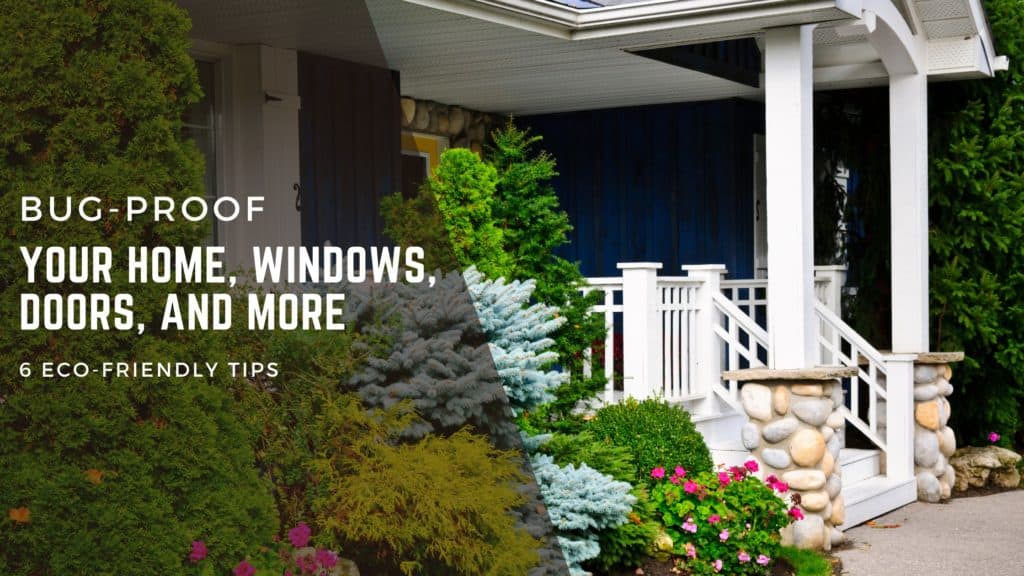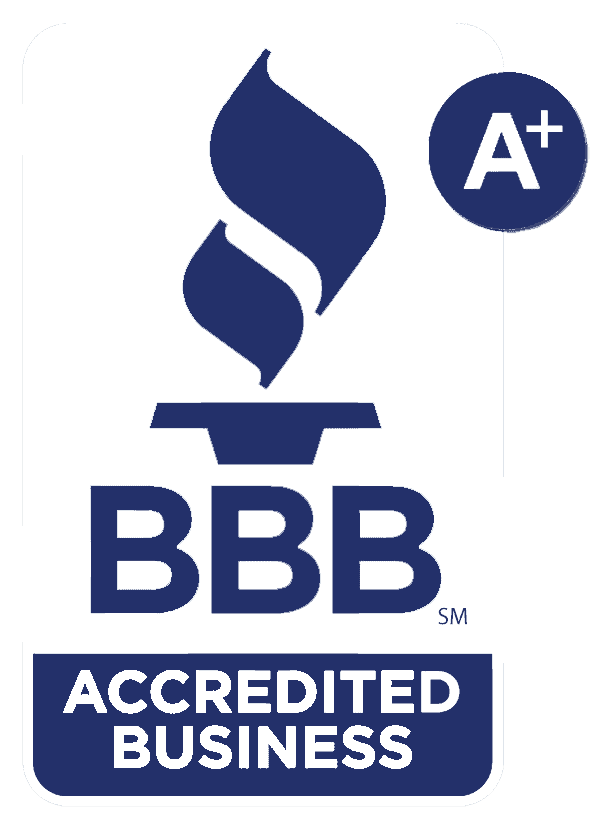
Bugs and pests are absolutely vital for a thriving, healthy ecosystem, but that doesn’t mean you want them inside your home. The fight seems near-constant. In the summer months, pests are most active, meaning they usually find a way in even if they don’t plan on staying long. Then, when it begins to cool down, pests hunt for a warm, dry place to call home.
Instead of calling an exterminator to pump chemicals into your home, garden, and lawn, use these simple, eco-friendly methods to keep bugs and pests outside where they belong.
Common Pests in the Kansas City Area
What is a pest? It’s a broader definition than you might imagine. According to Dr. Holly N. Davis and Dr. R. Jeff Whitworth’s Household Pests of Kansas, “Any insect or arthropod that negatively affects a person’s quality of life can be considered a pest.” So, let’s do a quick run-down of the top 14 bugs and animals people most commonly want to keep out of their house:
- Ants
- Bedbugs
- Flies
- Spiders
- Fleas and Ticks
- Mosquitoes
- Beetles
- Cockroaches
- Mice and Rats
- Bats
- Raccoons
- Skunks
- Snakes
- Opossums
Remember, these are not inherently “bad” creatures but can be a great nuisance, cause emotional stress, or transmit disease to the resident. Now that we know what we’re up against, we’ll use Integrated Pest Management (IPM) to keep them from setting up base camp in your home. As the book points out, “In most cases, integrated pest management (IPM) offers effective, long-term control that cannot be obtained simply by spraying a pesticide.” So, let’s get started! Here are six effective ways to bug-proof your home.
Related Read: 5 Reasons Why You Should Invest in a New Door
1. Seal Doors & Windows
Start by sealing your doors. This is especially important if your door has seen better days. To do so, install a sturdy steel or aluminum threshold under your door. For even better protection, combine this with a door sweep. Door sweeps can be found at most hardware stores and help cover a threshold and the door bottom gap. We recommend using nylon brush sweeps for the best protection against bugs.
Also, make sure that your window and door frames are securely in place. Cracks and holes near the frame can also allow enough of an opening for insects. Use caulk to seal these cracks near window and door frames. If you’re constantly resealing your windows, look into installing energy-efficient windows that, when installed correctly, are airtight and difficult for bugs to penetrate.
2. Clean Up Clutter & Food
Have a bunch of cardboard boxes in your attic or basement? You might want to consider switching to airtight plastic ones. According to Household Pests of Kansas, “This helps prevent infestations from becoming established.” The book also suggests promptly cleaning up food like leftovers, snacks, dirty dishes in the sink, and uneaten pet food. Even the cleanest houses have insects, but regularly checking for uneaten food and taking out the trash will dissuade creatures from finding and then staying in your home.
 3. Install Screens
3. Install Screens
Another way to combat bugs this season is to install screens in windows and doors. Look for a 20-mesh or finer mesh to keep out the most common creepy crawlies. Bugs can also sneak through holes or tears in your existing screens. Use a screwdriver or scissors to push the broken wires back into place carefully. Add a coat of clear nail polish to seal the hole and prevent insect entry. If the screen has come loose along one side or corner, use staples (for wood frames) or a splining tool (for aluminum frames) to reattach it to the frame. If these quick fixes aren’t working, don’t hesitate to contact Blue Springs Siding and Windows for a free estimate on screen doors.
4. Cover Large Openings
Cover large openings, like your chimney, with a fine wire mesh, often called hardwire cloth. This material comes in rolls that can be stapled over holes easily. It not only keeps bugs out but can prevent squirrel and raccoon infestations, which often bring fleas, ticks, and other insects into the home.
Call Blue Springs Siding & Windows today at (816) 228-5225 to help you prepare your windows and doors for the colder season, and to help keep bugs out!
5. Take a Look at Your Landscaping
While landscaping near the home is beautiful, it will also attract insects. Consider planting gardens and flowers away from your structures to provide a sort of barrier between you and the garden’s visitors. Additionally, check for rotting wood and remove it if found as destructive species like carpenter ants and termites are naturally attracted to it. Finally, keep an eye out for areas that collect rainwater. For example, unused pots, tarped areas, or clogged gutters are breeding grounds for mosquitos.
Instead of fighting nature, use it to your advantage! According to Beneficial Bugs in Kansas City, bees, wasps, green lacewings, and ladybugs eat the more destructive bugs like large caterpillars, aphids, leafhoppers, and mealybugs. Spiders also offer excellent pest protection, catching and consuming them in their webs. So, as much as we may dislike stinging bugs or fear spiders, remember that some are great allies in pest control.
You can attract beneficial insects with Kansas native, pollen-rich plants. Bridging the Gap suggests 18 ideal plants to attract these insects, including purple coneflower, button blazing star, and butterfly milkweed. On the flip side, you can incorporate flowers like pansies, peonies, and lavender to repel pesky bugs like mosquitos.
6. Check Your Siding
Holes or cracks in your siding are an open invitation for insects, rodents, and other creatures to enter your home. They also allow moisture to enter your home, which can not only lead to structural damage and mold but usher in pests that require water for breeding purposes. If you find holes, cracks, or your siding is more than 40 years old, it may be time to replace it. Learn about your replacement options.
Need to Update Old Windows, Doors, or Siding?
Blue Springs Siding and Windows is here to help. We specialize in providing quality materials and airtight installations to help keep your home safe from invading pests. Call us today at (816) 228-5225 or submit the form below to receive a free, no-obligation estimate.







